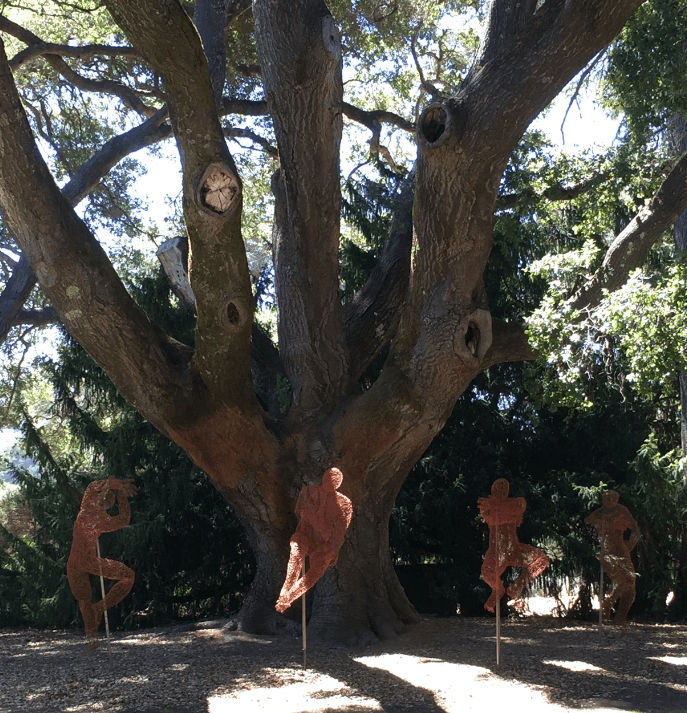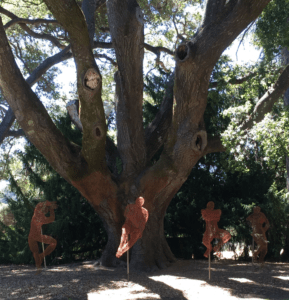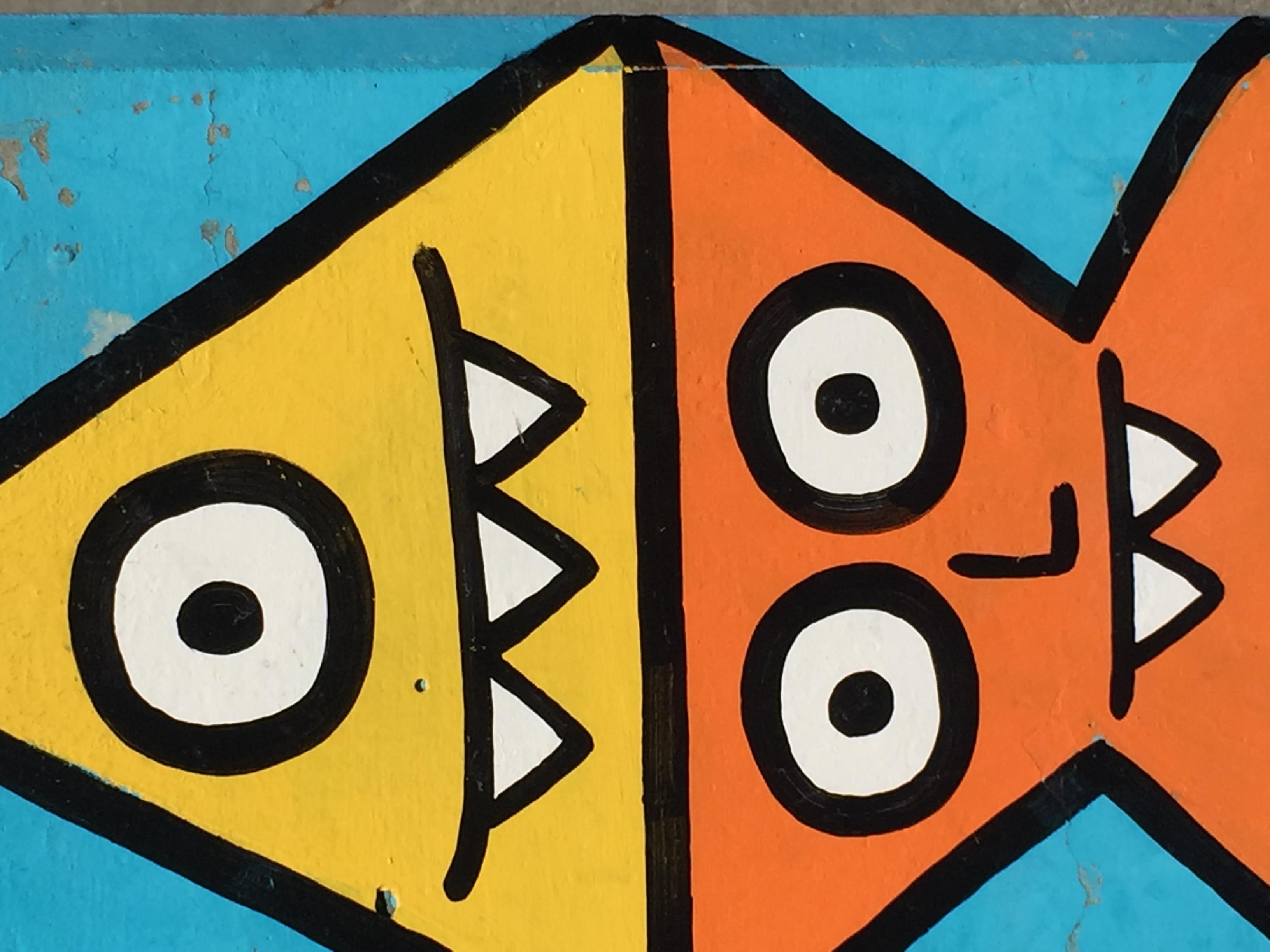Master Chef vs. Line Cook: How Do You Prepare Your Nonprofit Fundraising Plan?
I learned something over three decades ago that I’ve never forgotten.
When I learned this, it made me very happy.
You see, I was transitioning from an unhappy, short-lived career in law and wasn’t really sure about my next chapter. Nonprofit work intrigued me, but… was it really a discipline or just something folks “winged?” How would I know I could be successful?
There weren’t a lot of role models around at the time, and I really didn’t know any other fundraisers. And there certainly were no articles to “google” online!
So, I enrolled in a week-long course offered by The Fundraising School, then led by founder Hank Rosso (who I call the “Daddy of Fundraising), which is now part of the Lily School of Philanthropy at Indiana University.
And my eyes were opened to the very nature of fundraising. And the essential pre-conditions for fundraising success.
Details



 Early in my career I received a piece of fundraising advice that has stuck with me to this day:
Early in my career I received a piece of fundraising advice that has stuck with me to this day:

 I’ve been writing since this pandemic began about the importance of staying connected to donors right now.
I’ve been writing since this pandemic began about the importance of staying connected to donors right now.